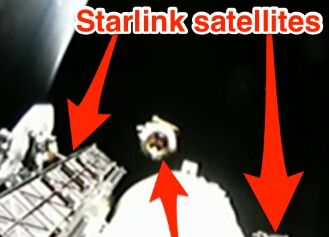马斯克又放大招!这次要建全球wifi
|
SpaceX, the rocket company founded by Elon Musk, launched a radar satellite atop one of its go-to rockets last Thursday morning. The satellite, called Paz, will keep an eye on ship traffic across the oceans of the world. But another payload hitched a ride aboard the Falcon 9 rocket, one the company didn't publicize: two smaller satellites that are part of Musk's plan to bathe Earth in high-speed internet coverage.
The scale of the proposal, informally known as Starlink, is incredible. In the coming years, the company hopes to launch 4,425 interlinked broadband-internet satellites into orbit some 700 to 800 miles above Earth, plus another 7,500 spacecraft into lower orbits. That's nearly 12,000 satellites, more than twice the number of all satellites launched in history, according to a tally by the Union of Concerned Scientists. Musk and SpaceX have said little about their plan since announcing it in 2015. But since it needs approval from the Federal Communications Commission, detailed documents about the effort are released. According to FCC documents made public this month, the organisation in November gave SpaceX permission to launch the two experimental spacecraft, called Microsat-2a and Microsat-2b, to test its space-based internet concept. The mission lifted off from the Vandenberg Air Force Base in California last Thursday at 9:17 am ET – one day later than planned – aboard a Falcon 9 rocket. Musk confirmed that the launch will test aspects of Starlink. "Today's Falcon launch carries 2 SpaceX test satellites for global broadband," Musk tweeted last Wednesday (before the launch delay). "If successful, Starlink constellation will serve least served." The Paz satellite deployed about 11 minutes after launch, and Microsat-2a and Microsat-2b some time after that. A live webcast of the Paz mission launch on YouTube offered the glimpses of the two Starlink satellites, which will operate for about a year above Earth. An announcer said during SpaceX's live webcast that the company couldn't show the deployment of the Starlink demonstration satellites because of poor signal coverage. However, the rocket later beamed down high-resolution video of the satellites deploying. "First two Starlink demo satellites, called Tintin A & B, deployed and communicating to Earth stations," Musk tweeted with a clip of them floating into space. |









